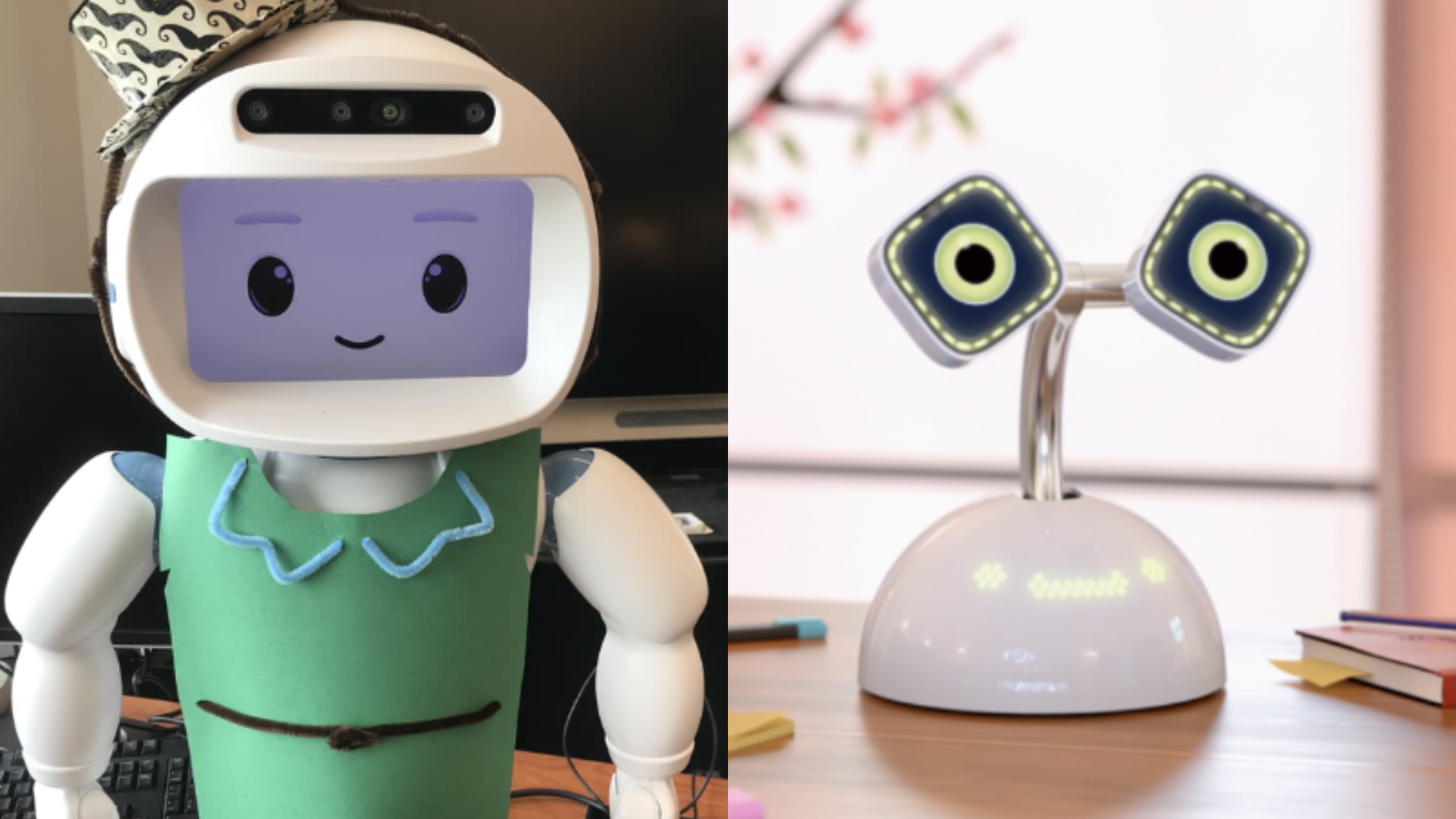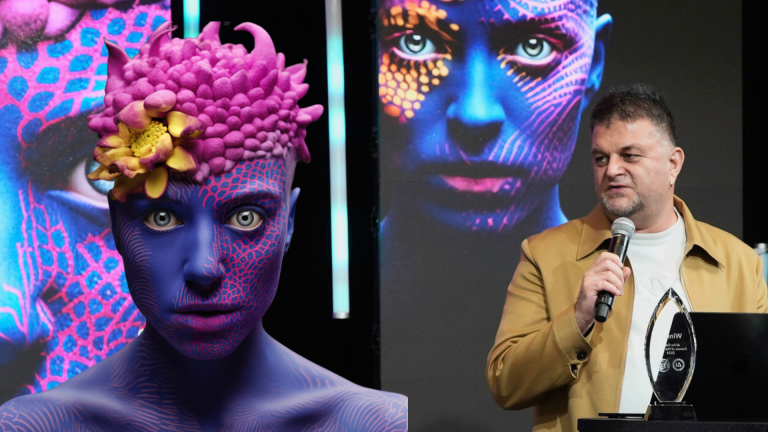Innovative Robotics: Enhancing Life for Children and Seniors Through Assistance Technology
Revolutionizing Lives with Robots
Leading the charge in technological advancement, robots are significantly transforming numerous aspects of our day-to-day lives, bringing forth remarkable possibilities to enrich human experiences and tackle societal hurdles. The insightful session titled “Developing Robots to Assist Children and Older Adults” at the AI for Good Global Summit 2023 perfectly showcased this revolutionary potential. With renowned robotics experts at the helm, the discussion delved into how cutting-edge robotic technologies are being utilized to craft solutions catered to diverse demographics, particularly focusing on enhancing the welfare of children and older adults.
Selma Šabanović, an associate professor of informatics and cognitive science at Indiana University Bloomington, spearheaded the conversation on robotics for diverse users, concentrating on the needs of children and seniors. Accompanying her were David Crandall, a luddy professor of computer science at Indiana University Bloomington, and Randy Gomez, chief scientist at the Honda Research Institute. Together, they presented research on two innovative robots: Haru, a cheerful social robot developed by Honda Research Institute Japan, and I.R.I.S., an interactive robot tailored for Ikigai support, developed at Indiana University Bloomington.
Prior to diving into their individual projects, Selma Šabanović brought up a compelling point. Back in 2007, Bill Gates envisioned that by 2020, robots would be a common presence in households. This aspiration is widely accepted in academic circles, the media, and among the public.
“However, as someone who engages directly with users, I frequently hear that while robots are fascinating, they don’t cater to everyone. There appears to be a disconnect between this ideal vision and the real-life experiences of users interacting with robotics,” remarked Selma Šabanović.
She highlighted that over more than ten years of research, they’ve recognized a significant challenge: prevailing perceptions of robots often cater to particular user profiles, typically those from middle or upper-middle-class backgrounds. Studies conducted in the US and Japan revealed that older adults often feel uncomfortable with the stereotypes attached to robots engineered for their demographic. Furthermore, they recognized that the advantages and economic feasibility of these robots are unequally distributed.
To bridge this divide, the research team has embraced participatory design principles, emphasizing collaboration with users to ensure that robots resonate with their values and everyday practices. This methodology encourages individuals to engage in a dialogue about the technology’s meanings and applications from the very beginning and promotes reciprocal learning between users and researchers.
By integrating users into the design process, researchers have noted immediate positive outcomes, including an enhanced sense of purpose and well-being among participants. Their mission centers on developing social practices that facilitate the smooth incorporation of robots into users’ daily routines.
In their role as researchers, they also position robots within the environments where users reside, carefully observing their interactions and identifying elements that influence acceptance. Their ambition is to design robots not only for communities but also with them, prioritizing alignment with current workflows and cultural contexts. Ultimately, they aspire to create a virtuous cycle where users are actively involved in shaping the development and implementation of robotic technologies.
Enhancing Ikigai through Social Companionship
Dr. David Crandall elaborated on one of the initiatives they are developing: I.R.I.S., the interactive robot aimed at supporting Ikigai. This Japanese concept reflects an individual’s sense of purpose, which evolves as people age and undergo alterations in their physical and cognitive abilities.
“Our vision for I.R.I.S. is to act as a social companion for older adults, facilitating reflections on their sources of meaning in life through genuine conversations. With these discussions, I.R.I.S. can recommend ways to enhance or preserve their sense of Ikigai, like connecting with family members or participating in community events,” explained Dr. David Crandall.
To ensure I.R.I.S. effectively meets the needs of older adults, they have implemented a user-centered strategy, utilizing surveys, interviews, co-design workshops, and user feedback. They also conducted pilot programs in homes and elder care facilities, particularly among individuals living with dementia.
This was followed by a demonstration showcasing the interaction between I.R.I.S. and older adults in Indiana. The robot’s friendly demeanor engages seniors, even when errors occur, fostering opportunities for joy and companionship. Preliminary studies have taken place both in the US and Japan to validate I.R.I.S.’s effectiveness across various cultural contexts.
AI for Cross-Cultural Mediation
Randy Gomez, the chief scientist at Honda Research Institute, shared his vision of a society where intelligent systems foster positive interactions among various community members. In collaboration with UNICEF, they initiated a project titled Embodied AI for Cross-Cultural Mediation.
This initiative features the Haru robot, which aims to close cultural gaps by facilitating interactions among children from diverse backgrounds through robotic mediation. By adhering to UNICEF’s policy guidance on AI for children, the design focuses on ensuring the system is both responsible and beneficial for its young users.
“Currently, we are engaged in discussions with numerous high schools and piloting the system. We’re evaluating the impact of our interventions on child development and collaborating with educators to devise content that truly benefits children,” Randy Gomez concluded.
The session illuminated the profound potential of robotics in catering to the specific needs of children and aged populations. By embracing user-centered design principles and fostering partnerships between researchers and users, the speakers accentuated the significance of creating robots that harmoniously blend into users’ lives. With ongoing initiatives aimed at bridging cultural divides and promoting responsible AI practices, the future shines brightly for robots to serve as indispensable companions and mediators, enhancing well-being and nurturing positive relationships within diverse communities.






